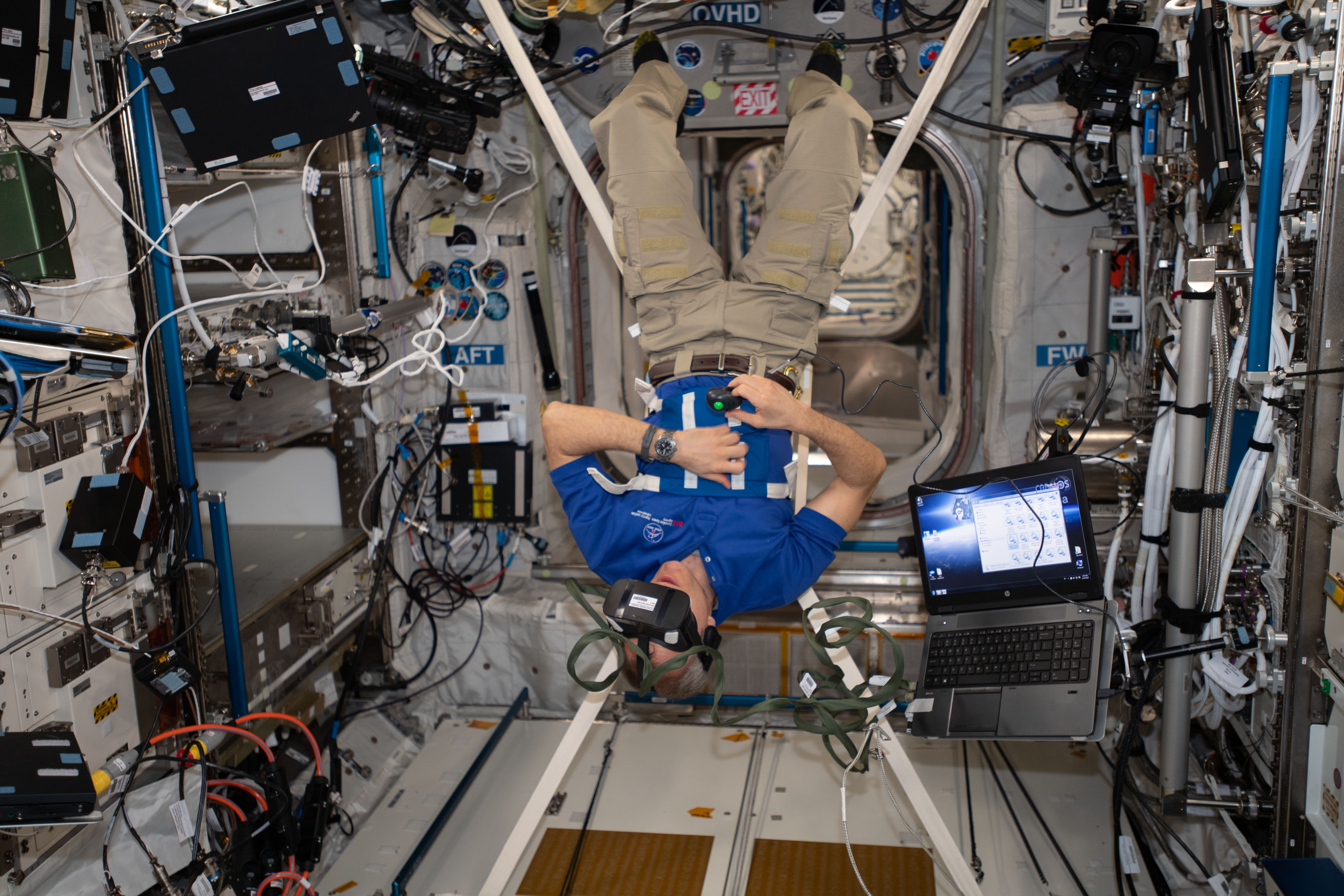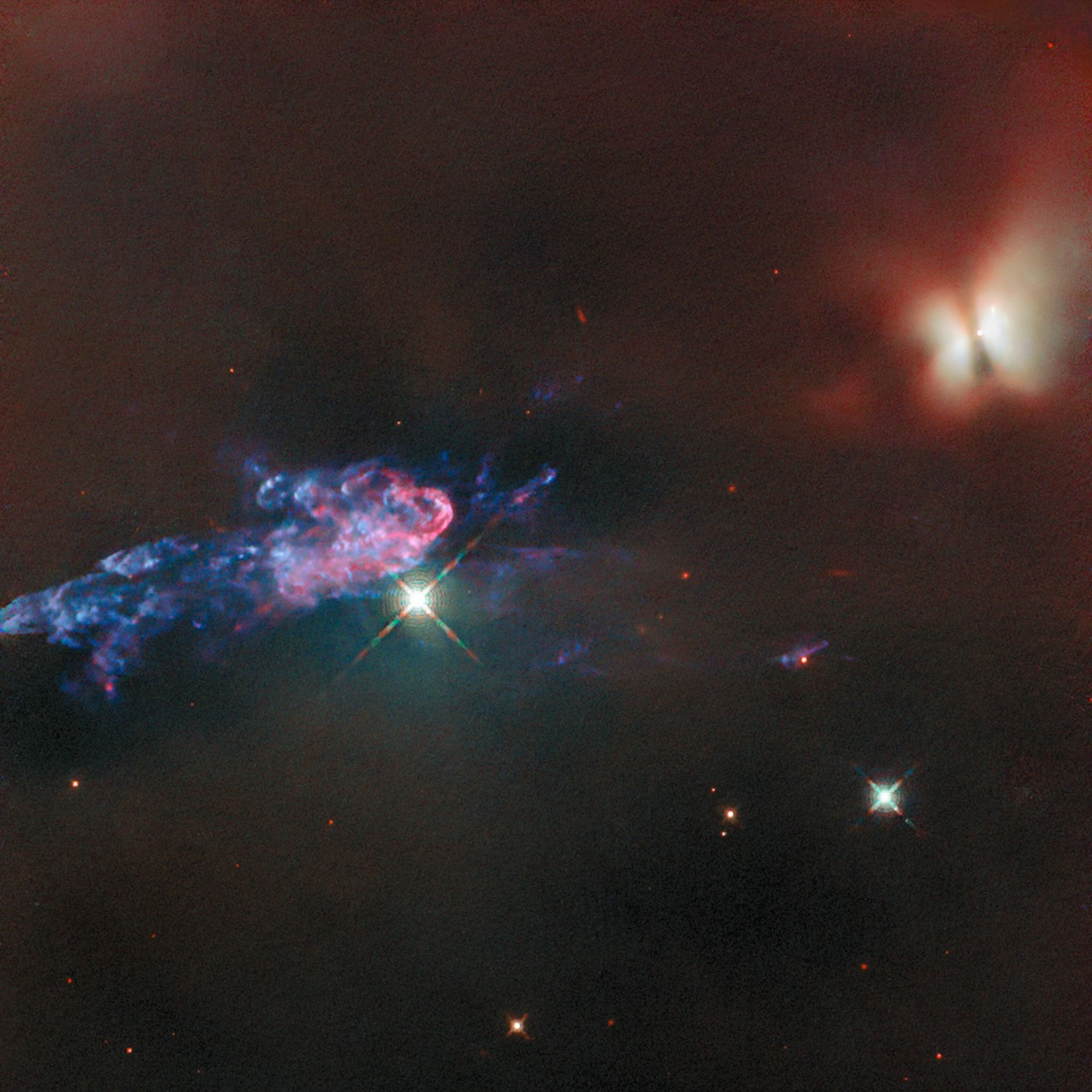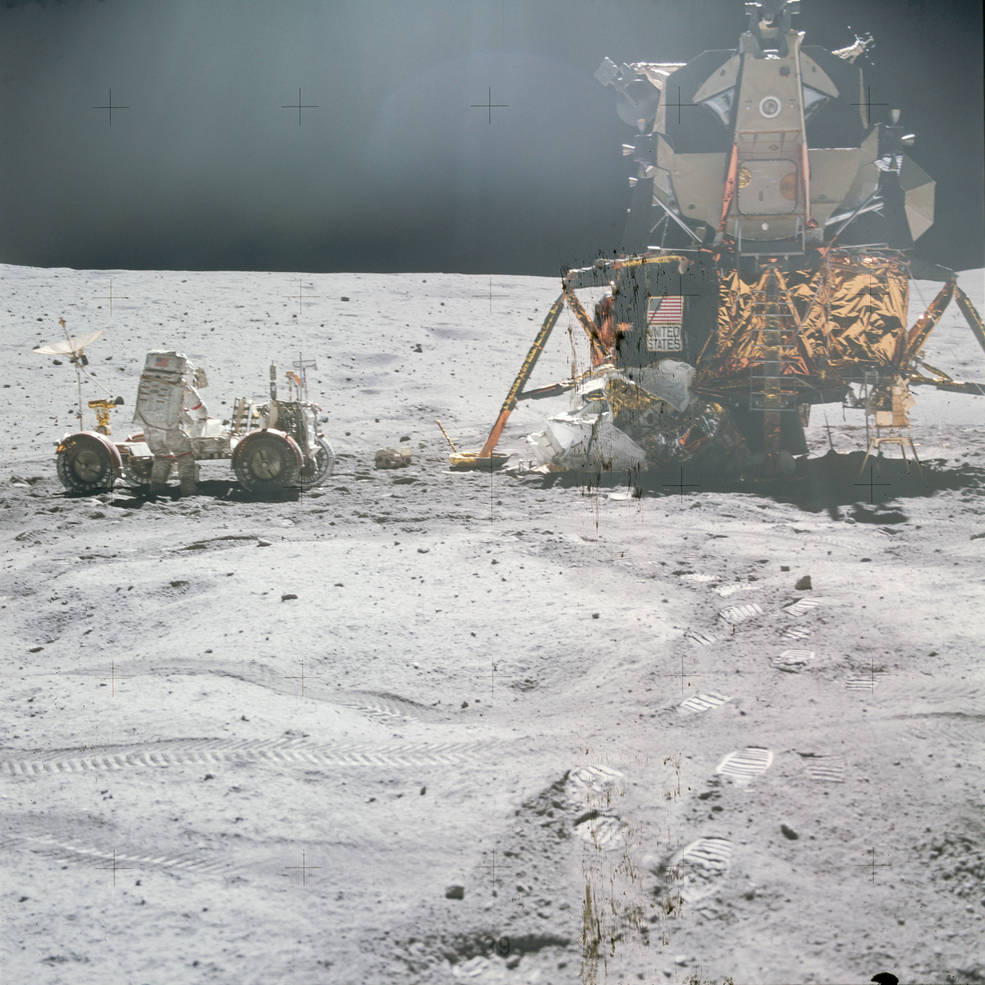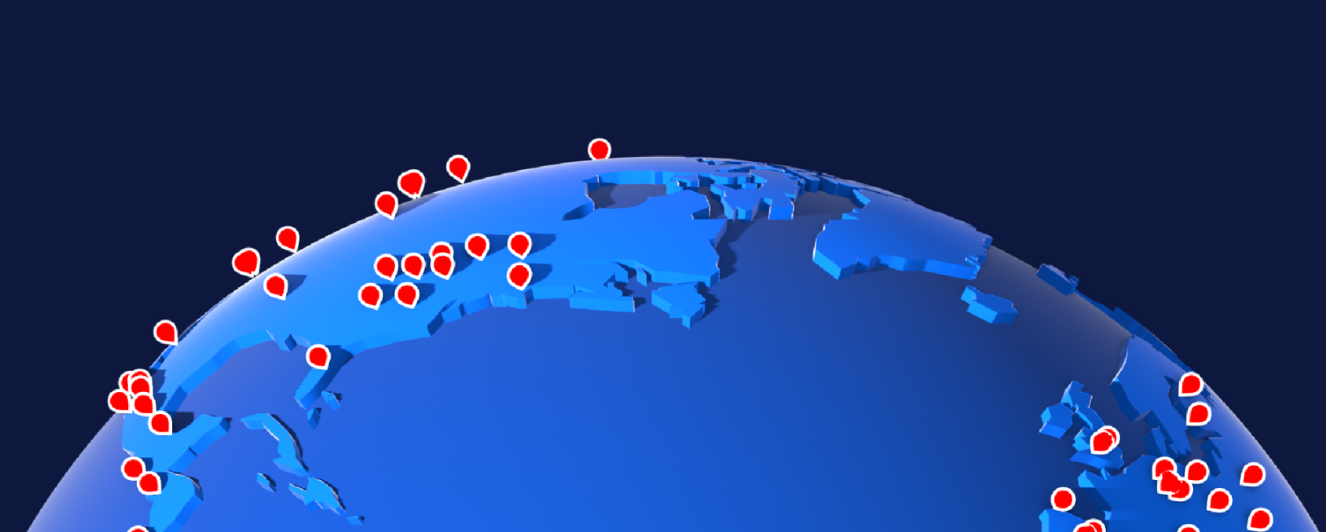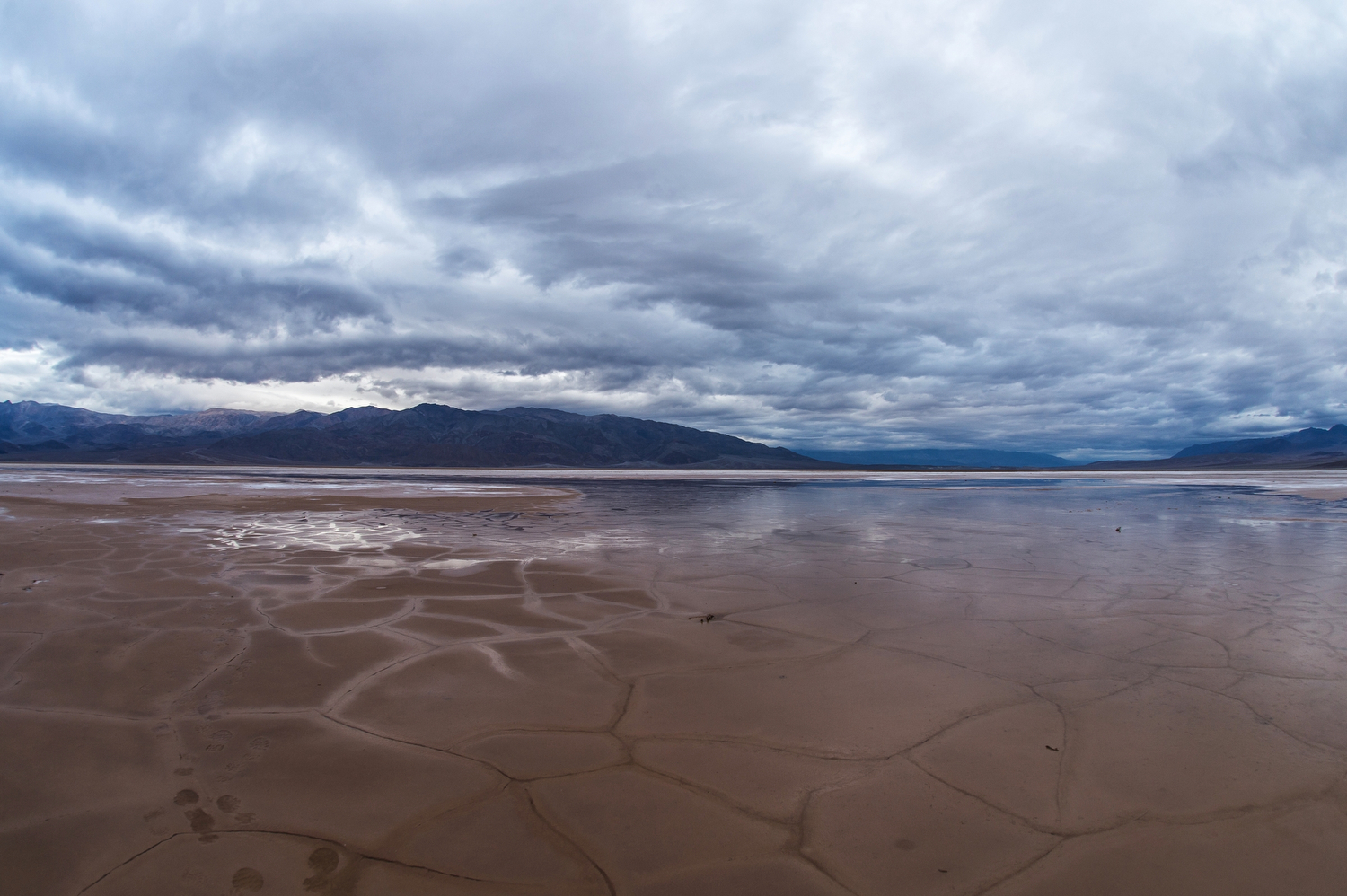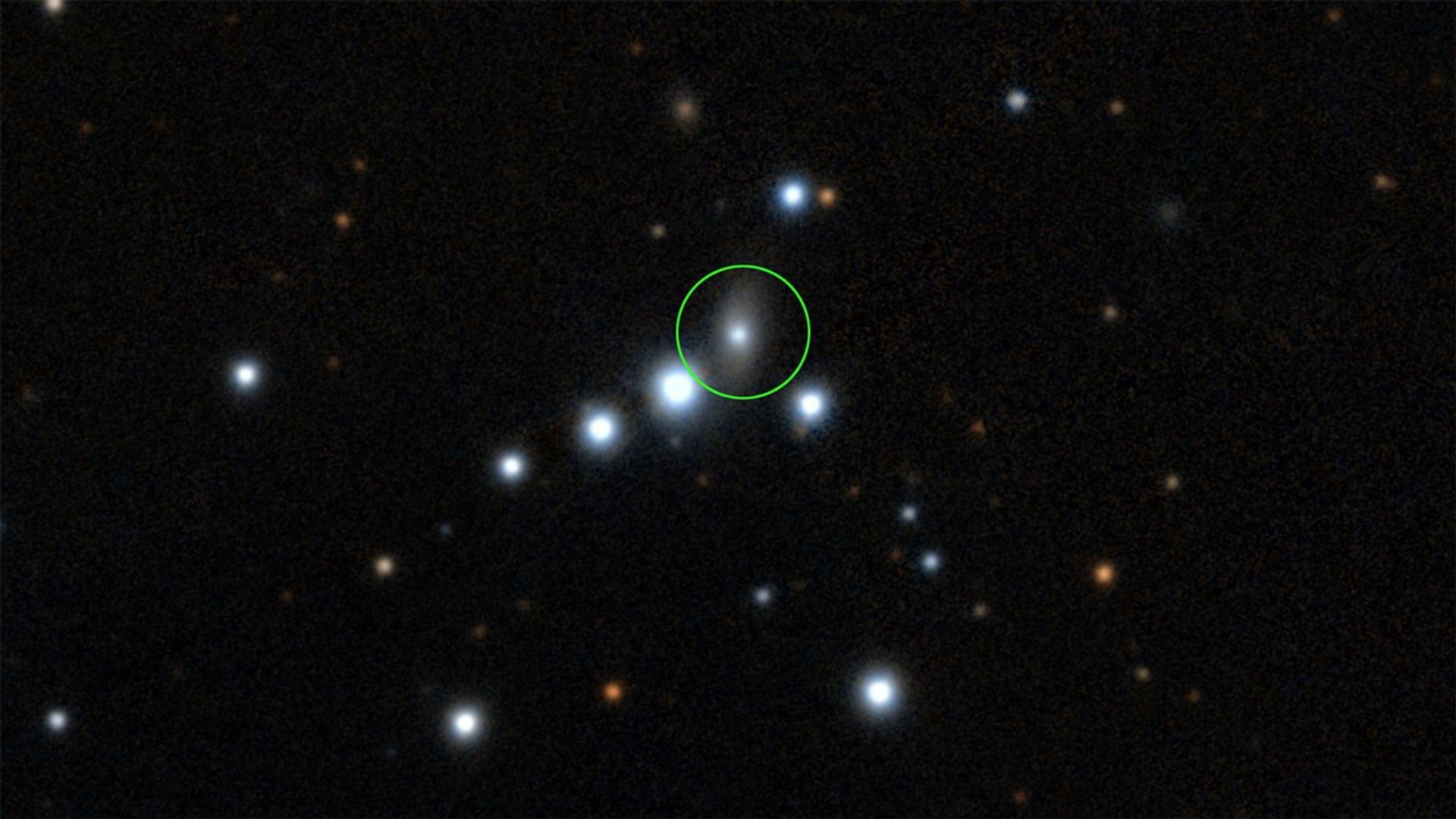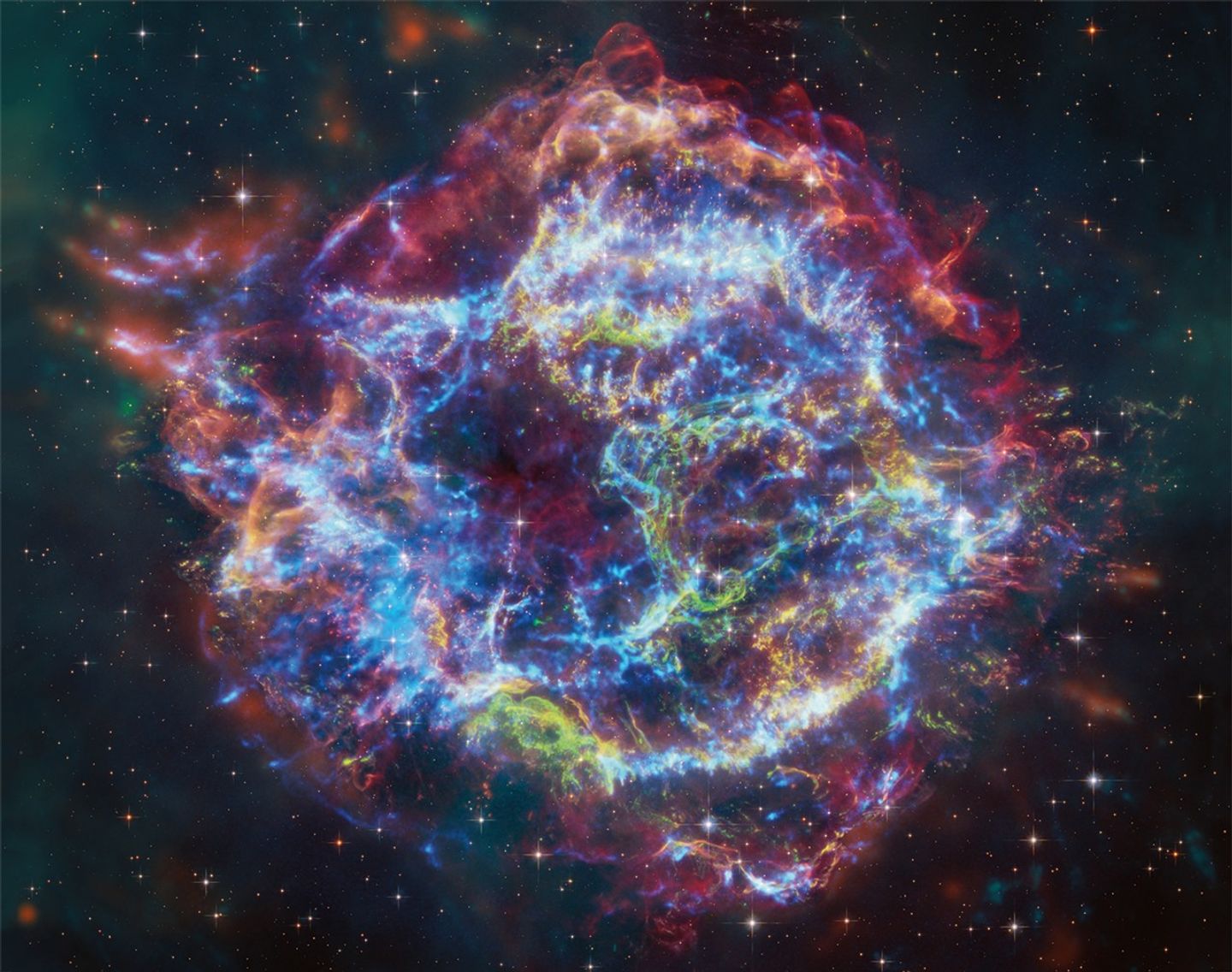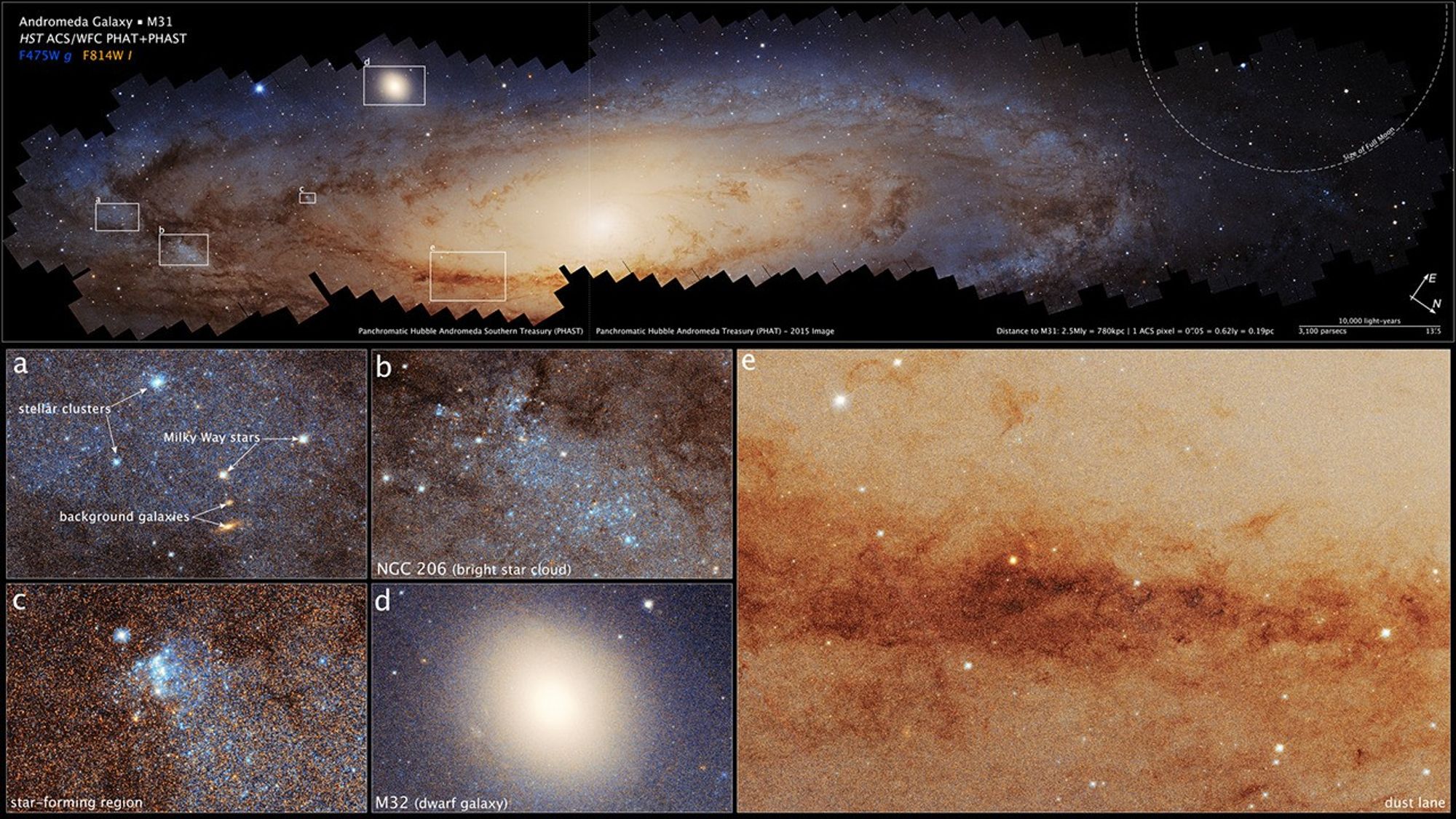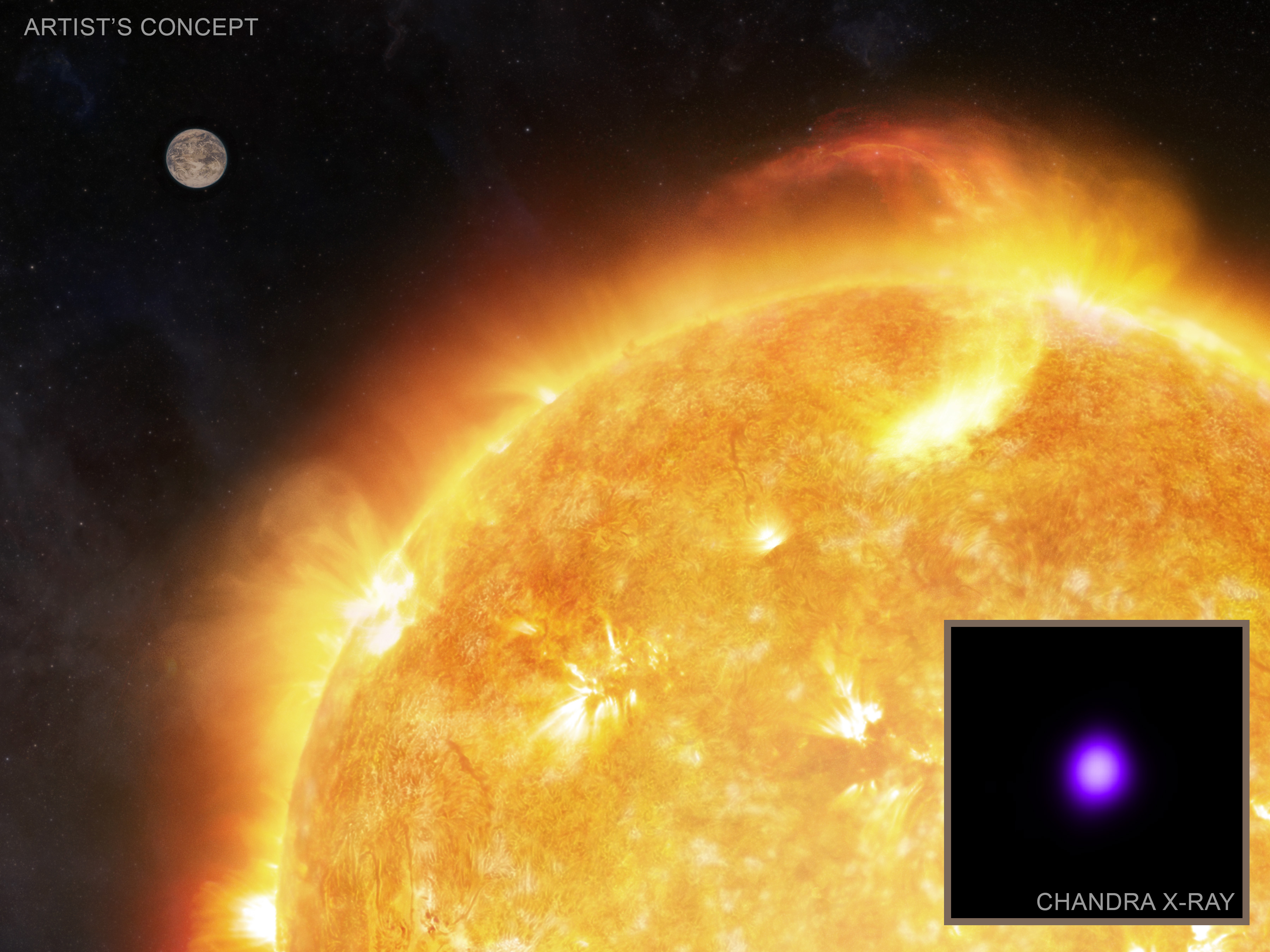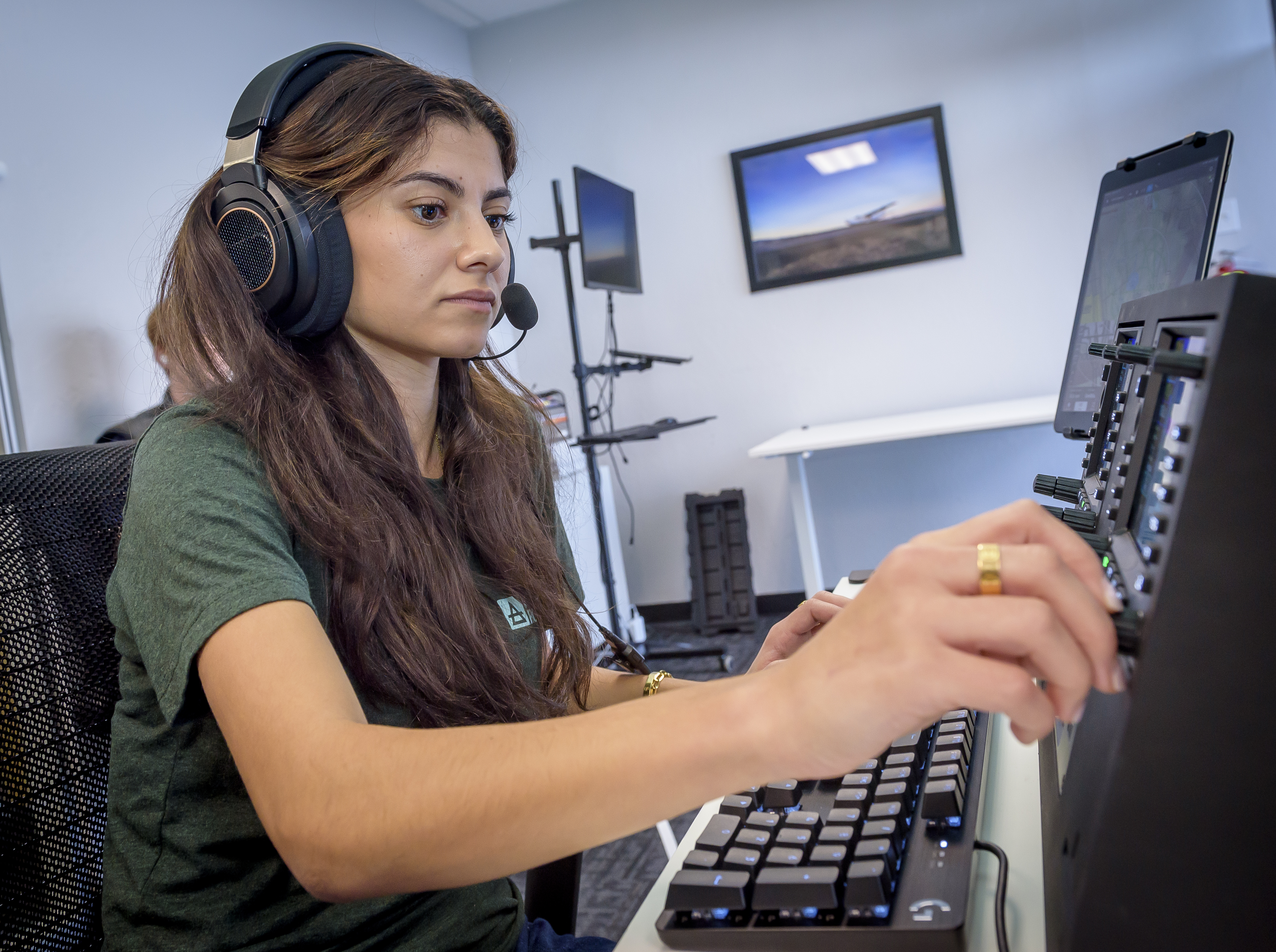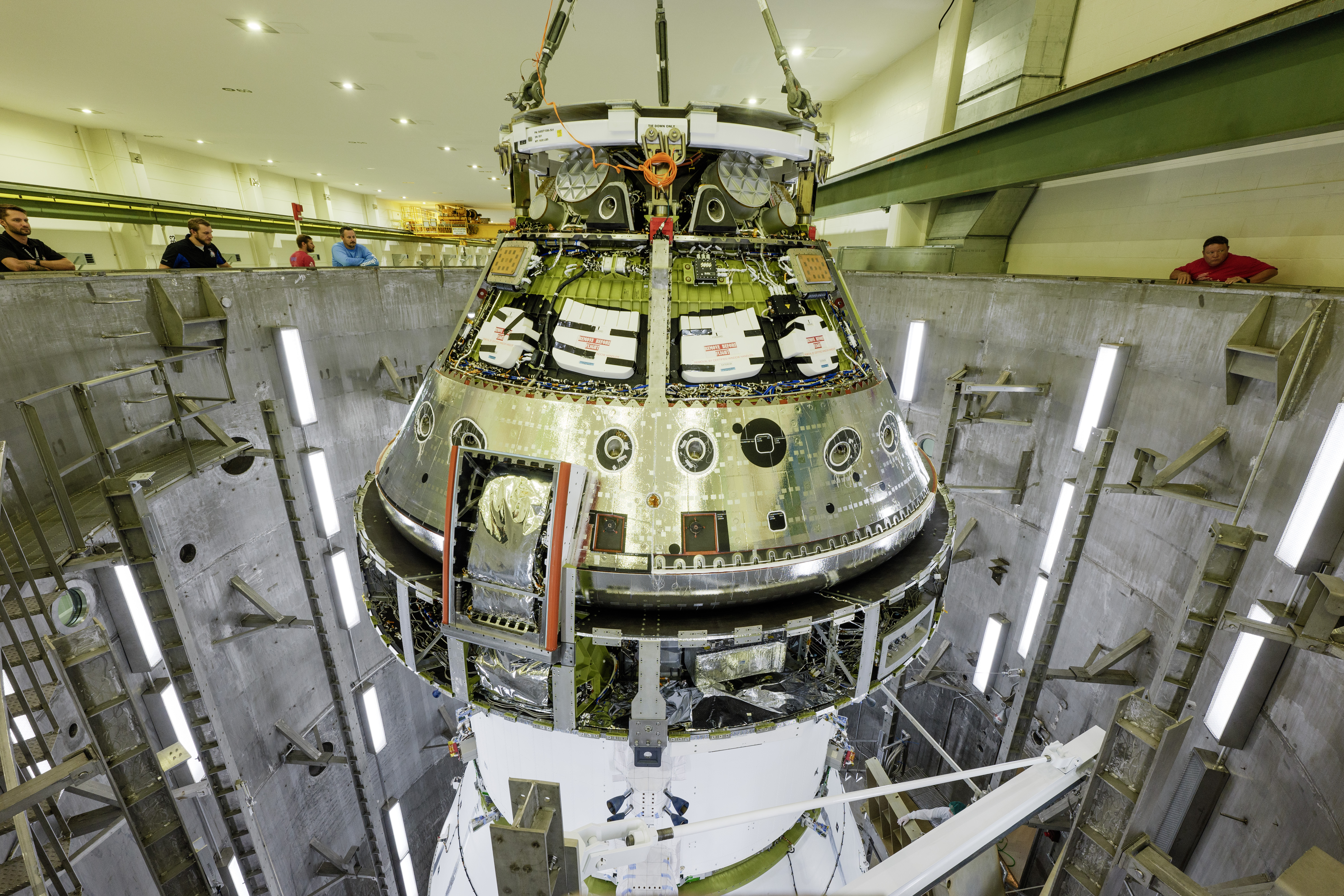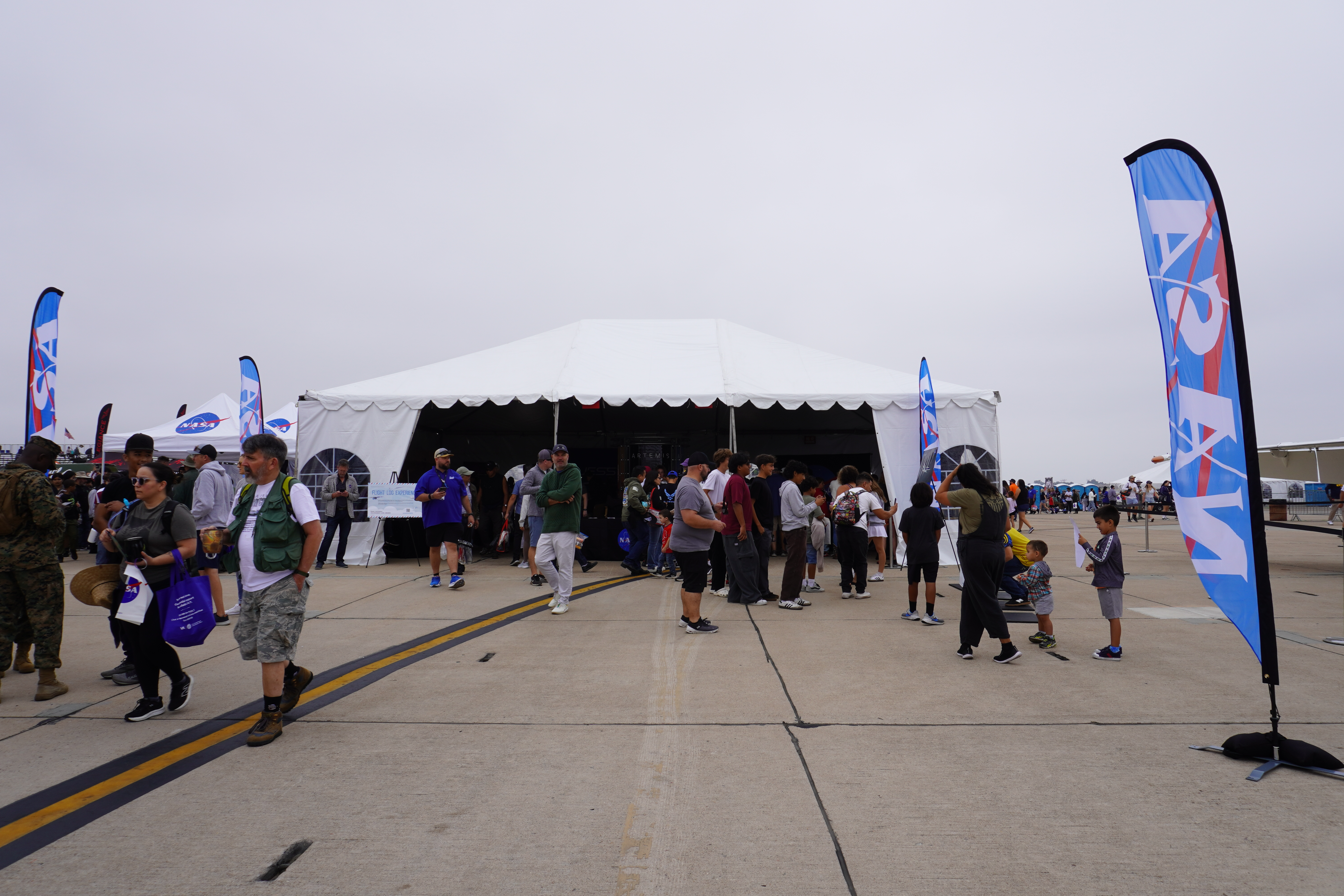Device for the Study of Critical Liquids and Crystallization (DECLIC)
Facility Overview
The DECLIC instrument consists of:
- The top drawer called Experiment Locker (EXL) contains the DECLIC optical bench. It receives the experimental module (Insert) in which the material to be studied is conditioned. This optical bench contains all the optical and optoelectronic sensors necessary to perform the measurements at low or high acquisition rate.
- The lower drawer, called the Electronic Locker (ELL), contains all the electrical and electronic systems necessary for the autonomous operation of the equipment and also houses the thermal control unit. The insert includes electronics and a thermostat that houses the cell containing the material being studied. The electronics and the thermostat together provide the environment (temperature) and the stimuli (temperature gradient, heat pulse) necessary for the experiment.
The DECLIC facility supports three inserts:
- The Alice Like Insert (ALI) is dedicated to the observation of the Gas-liquid transformation near of the SF6 critical point, study of the piston effect, i.e. the rapid and homogeneous transmission of the thermal power injected into a critical fluid subjected to parietal heating (from the wall of the cell).
- The High Temperature Insert (HTI) is designed for the study of heat and mass transfer in supercritical, high temperature and high pressure water and the measurement of its physical properties.
- The Directional Solidification Insert (DSI) is dedicated to the observation of the microstructures which form at the liquid-solid interface during the solidification of a transparent material. This makes it possible to simulate metallic alloys with the advantage of having to transfer to the ground only images and not very heavy samples, whose transport in the orbit and the return to Earth would considerably increase the cost of the missions. In addition, multiple melt-solidification cycles can be carried out with these materials, making it possible to carry out parametric studies.
Related Links
Space Station Research Explorer
Keep Exploring
Discover More Topics From NASA




